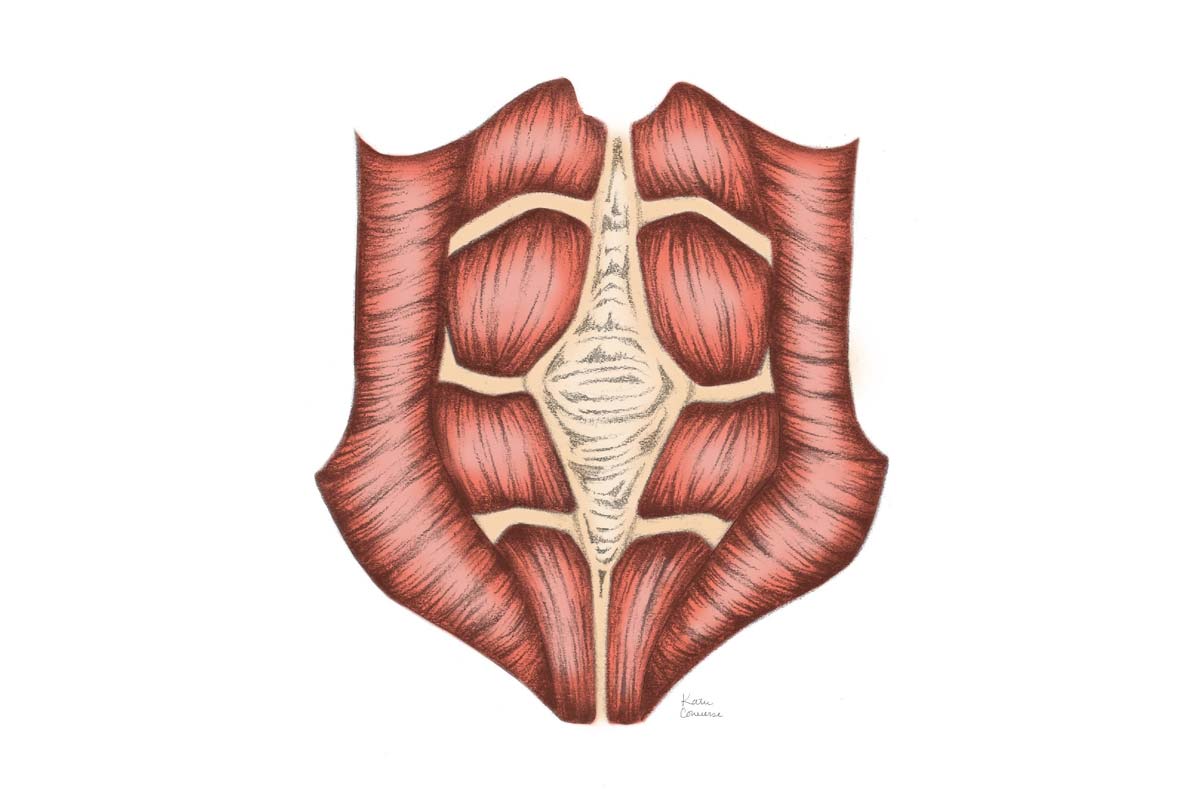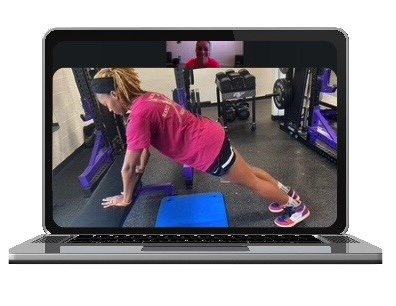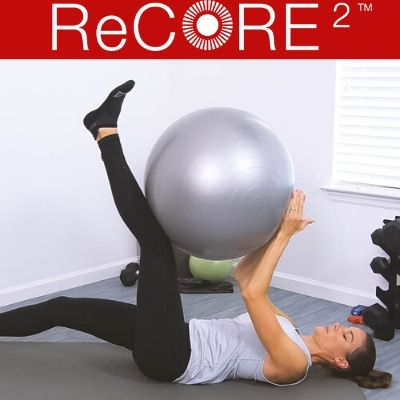10 Things To Know About Diastasis Recti

- Diastasis Recti gets all the attention, but it is NOT the only weakness to be concerned about post-partum. The core and pelvic floor muscles stretch considerably which affects the ability to generate force, resist force, be responsive and coordinate well. Addressing all four core issues in training will make recovery quicker.
- Measuring the width is not critical to full recovery but can be helpful for women to note the change. Measuring fingerwidths is subjective but an easy way to assess on your own. It should be done the same way by the same person to note change. Ultrasound is the most accurate way.
- Sometimes Diastasis Recti can appear to shorten (tissue doesn't actually tighten, but muscles get stronger and can contract closer together)
- Diastasis Recti does not have to shorten all the way to become functional
- Diastasis Recti becomes functional by reconditioning the entire inner core system progressively
- 3 women with the same Diastasis Recti measurement can have 3 different situations and limitations
- Having a belly bulge does not always mean you have Diastasis Recti.
- All women have DR to a degree by 35 weeks in pregnancy. This is a natural process.
- Once Diastasis Recti becomes functional and the inner core system becomes coordianated and strong..you CAN progress to more difficult core exercises
- Diastasis Recti doesn't mean the muscles have literally separated. It means the fascia/tissue or linea alba has thinned and weakened. A tear in the tissue can happen which may increase risk of a hernia.



















We, Jaime and Sheeva, are fertility specialists who work and live in New York City. For a full run-down of education and articles written, click here. Our practice is devoted to helping women achieve their goal of parenthood. Using a team approach (two minds are always better than one) rooted in honesty and transparency, we are... Read More